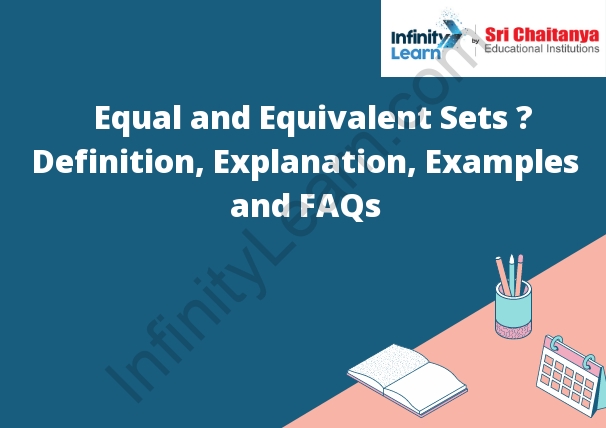Table of Contents
What is the difference between Equal and Equivalent Sets?
Equal sets are sets that have the same members. Equivalent sets are sets that have the same cardinality.

Equal and Equivalent Sets
When two sets have the same elements, we say they are equal. The order of the elements does not matter, only that the same elements are present. For example:
- {2, 4, 6, 8} and {8, 4, 6, 2}
- {Monitor, Laptop, Mouse, CPU} and {CPU, Laptop, Mouse, Monitor}
A set is equivalent if it has the same number of elements. The sets don’t have to have the same elements, just the same number of elements.
Example 1
- Set A: {1,2,3,5,7}
- Set B: {micro, nano, pico, mega, giga}
Even though Sets A and B have completely different elements (Set A comprises numbers, and Set B comprises Names) they have the same amount of elements, which is five. Set A contains five elements and Set B contains five elements. That makes them equivalent sets!
Let’s Understand Equivalent Sets With Examples
Equivalent sets are sets that have the same cardinality. This means that the two sets have the same number of elements.
Let’s take a look at some examples.
Example 1: The sets {1, 2, 3} and {4, 5, 6} are equivalent because they both have three elements.
Example 2: The sets {1, 2, 3} and {a, b, c} are equivalent because they both have three elements.
Example 3: The sets {1, 2, 3} and {1, 2, 3, 4} are not equivalent because the second set has four elements while the first set has only three.
Important Points to Remember on Equivalent Sets
Two sets are equivalent if and only if they have the same number of elements.
If two sets are equivalent, then the two sets have the same cardinality.
If two sets are equivalent, then the two sets have the same size.









